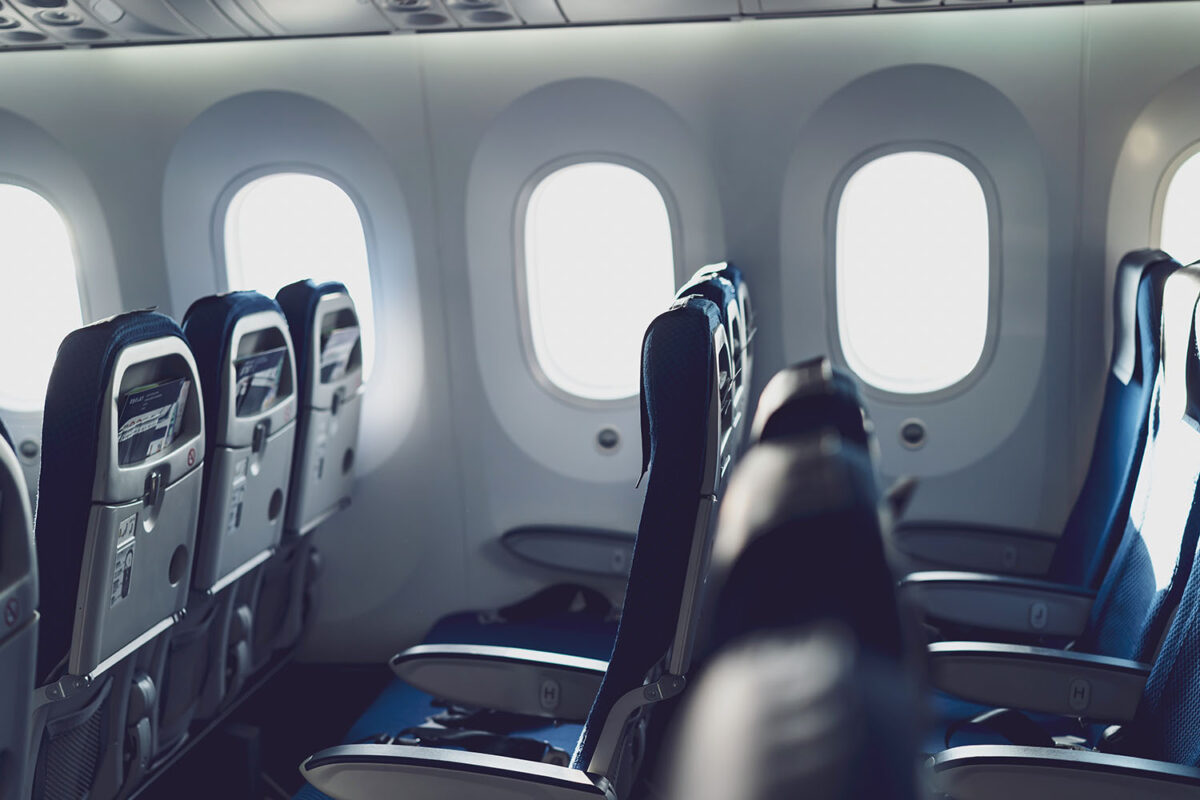Inside the Technology of Aircraft Windows

At first glance, aircraft windows might appear as mere transparent barriers between passengers and the skies. However, these essential components of air travel are designed with sophisticated technologies to withstand extreme conditions, blending durability with safety and passenger comfort.
You can also read: Sky’s the Limit for Medical Deliveries by Drone
Material Composition and Design
Aircraft windows are crafted from multiple layers of stretched acrylic, a choice of material for its mechanical strength, durability, low weight, and clarity. This plastic technology is engineered to endure the substantial stress and pressure differences experienced during flight. The windows’ characteristic oval shape plays a critical role in stress distribution. Effectively minimizing stress concentrations that could lead to structural failures and potentially compromise the aircraft’s integrity.
The Significance of the Breather Hole
Central to the aircraft window’s design is the small, often unnoticed breather hole. This feature is fundamental for two reasons. First, it balances the pressure difference between the airplane’s interior and the lower pressure outside, a necessity for maintaining structural integrity at cruising altitudes where external pressure significantly drops. Second, it serves to prevent condensation, ensuring that passengers have a clear view outside and contributing to the cabin’s overall comfort.
Innovations in Light Control for Windows
Modern advancements have seen the introduction of electrochromic technology in aircraft windows, notably in models like the Boeing 787 Dreamliner. This technology, pioneered by companies such as Gentex Corporation, allows for the adjustment of window transparency electronically. A special electrochromic gel, sandwiched between two transparent layers, changes opacity based on the electrical voltage applied. This innovation eliminates the need for traditional window shades and enables passengers to control the amount of natural light entering the cabin, enhancing their travel experience.
Aircraft windows, therefore, stand as a testament to the remarkable advances in plastic and electrochromic technologies. These components do far more than offer a view outside. They are integral to the aircraft’s structural safety, environmental control, and passenger comfort. As aviation technology continues to evolve, the windows through which we gaze at the clouds will undoubtedly keep pace, embodying the spirit of innovation that drives the aerospace industry.
